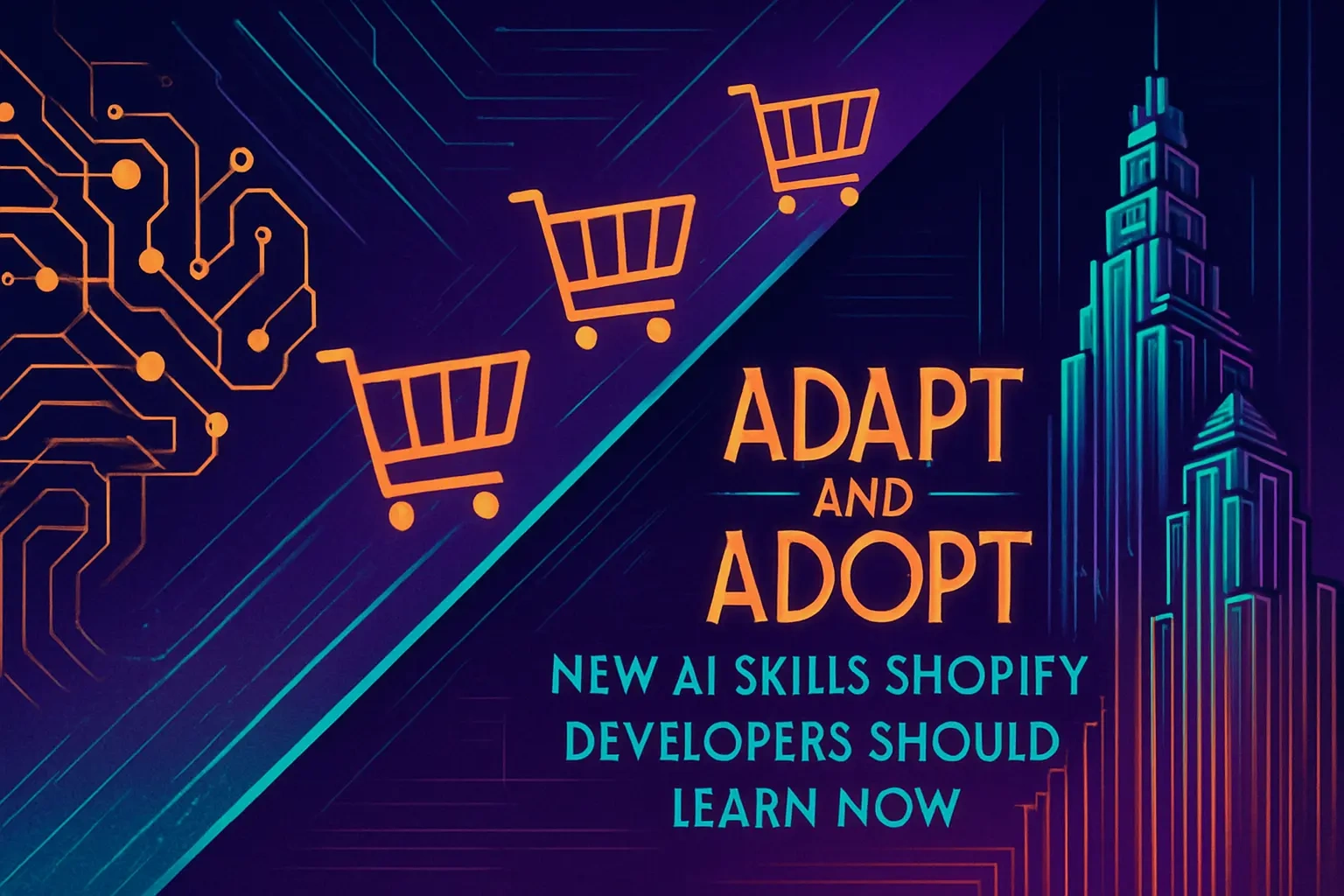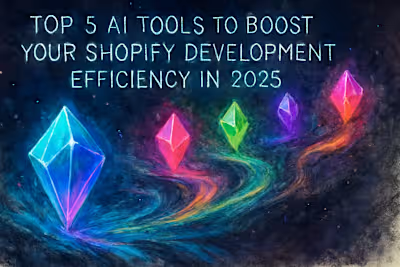Adapt and Adopt: New AI Skills Shopify Developers Should Learn Now

Adapt and Adopt: New AI Skills Shopify Developers Should Learn Now
Foundational AI Skill: Prompt Engineering
What is Prompt Engineering?
Why It's a Critical Developer Skill
Practical Prompting Techniques
Understanding Machine Learning and Data Analysis
The Basics of Machine Learning in E-commerce
Data Literacy: The Ability to 'Speak Data'
Key Programming Languages and Frameworks
AI Integration and API Proficiency
Working with AI APIs
Building Custom AI-Powered Features
Developing a Strategic and Ethical Mindset
AI Project Management and Strategy
Ethical AI Implementation
How to Start Upskilling in AI Today
Recommended Online Courses and Resources
Gaining Practical Experience
Conclusion
References
Adapt and Adopt: New AI Skills Shopify Developers Should Learn Now
Foundational AI Skill: Prompt Engineering
What is Prompt Engineering?
Why It's a Critical Developer Skill
Practical Prompting Techniques
Understanding Machine Learning and Data Analysis
The Basics of Machine Learning in E-commerce
Data Literacy: The Ability to 'Speak Data'
Key Programming Languages and Frameworks
AI Integration and API Proficiency
Working with AI APIs
Building Custom AI-Powered Features
Developing a Strategic and Ethical Mindset
AI Project Management and Strategy
Ethical AI Implementation
How to Start Upskilling in AI Today
Recommended Online Courses and Resources
Gaining Practical Experience
Conclusion
References
Posted Jul 4, 2025
The age of AI is here. To stay competitive, Shopify developers must learn new skills. Discover the essential AI competencies, from prompt engineering to machine learning, to learn now.









